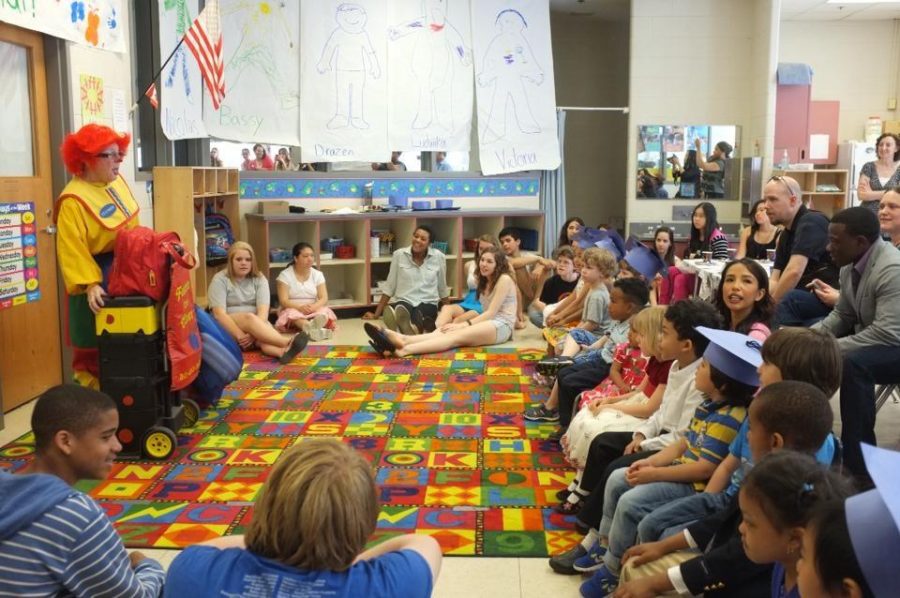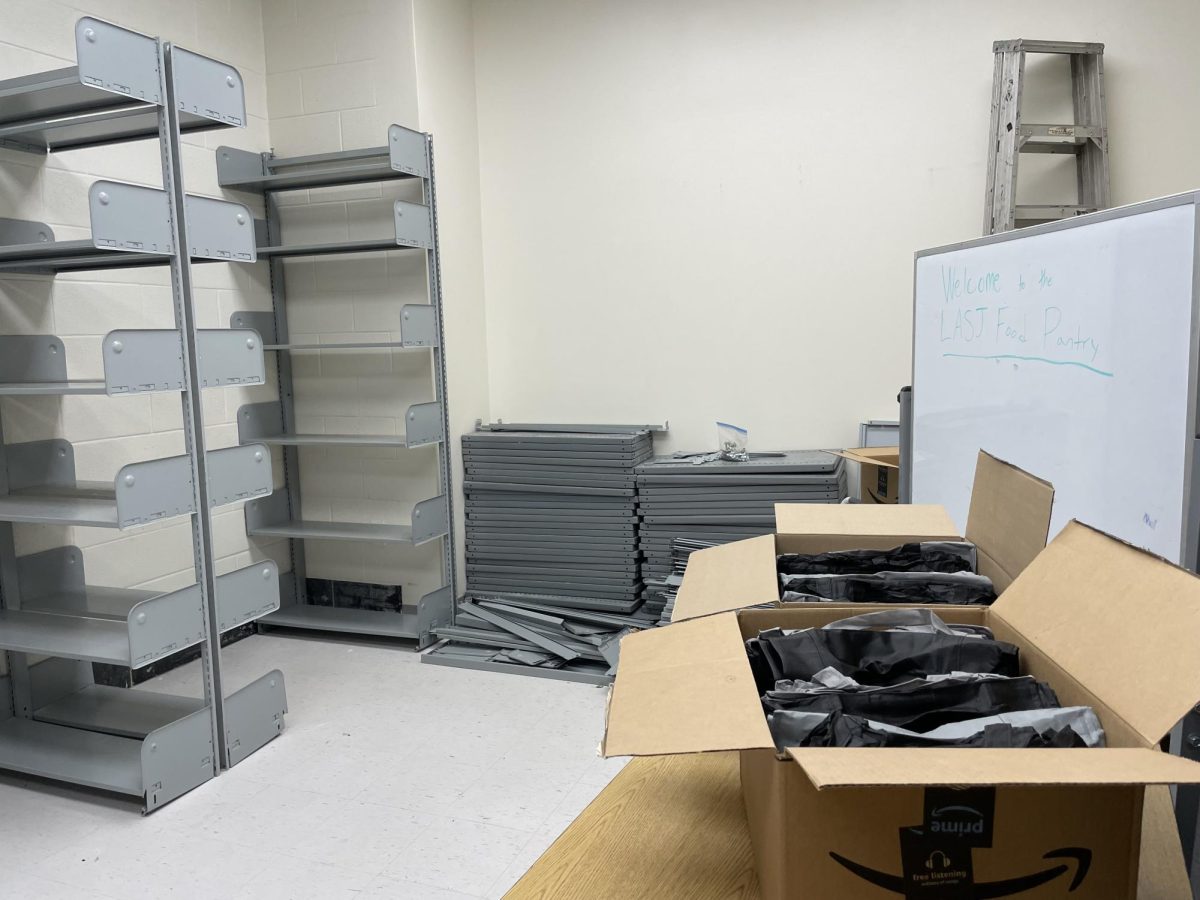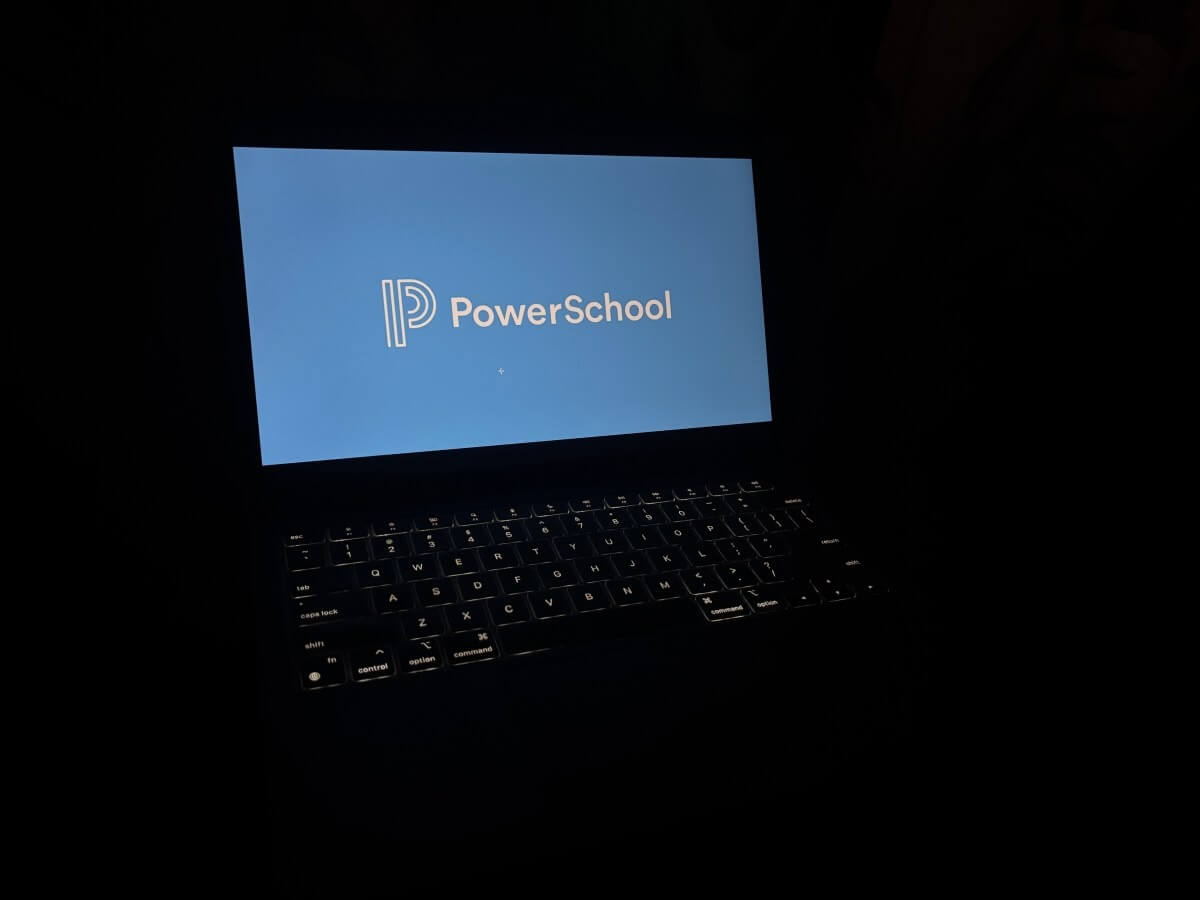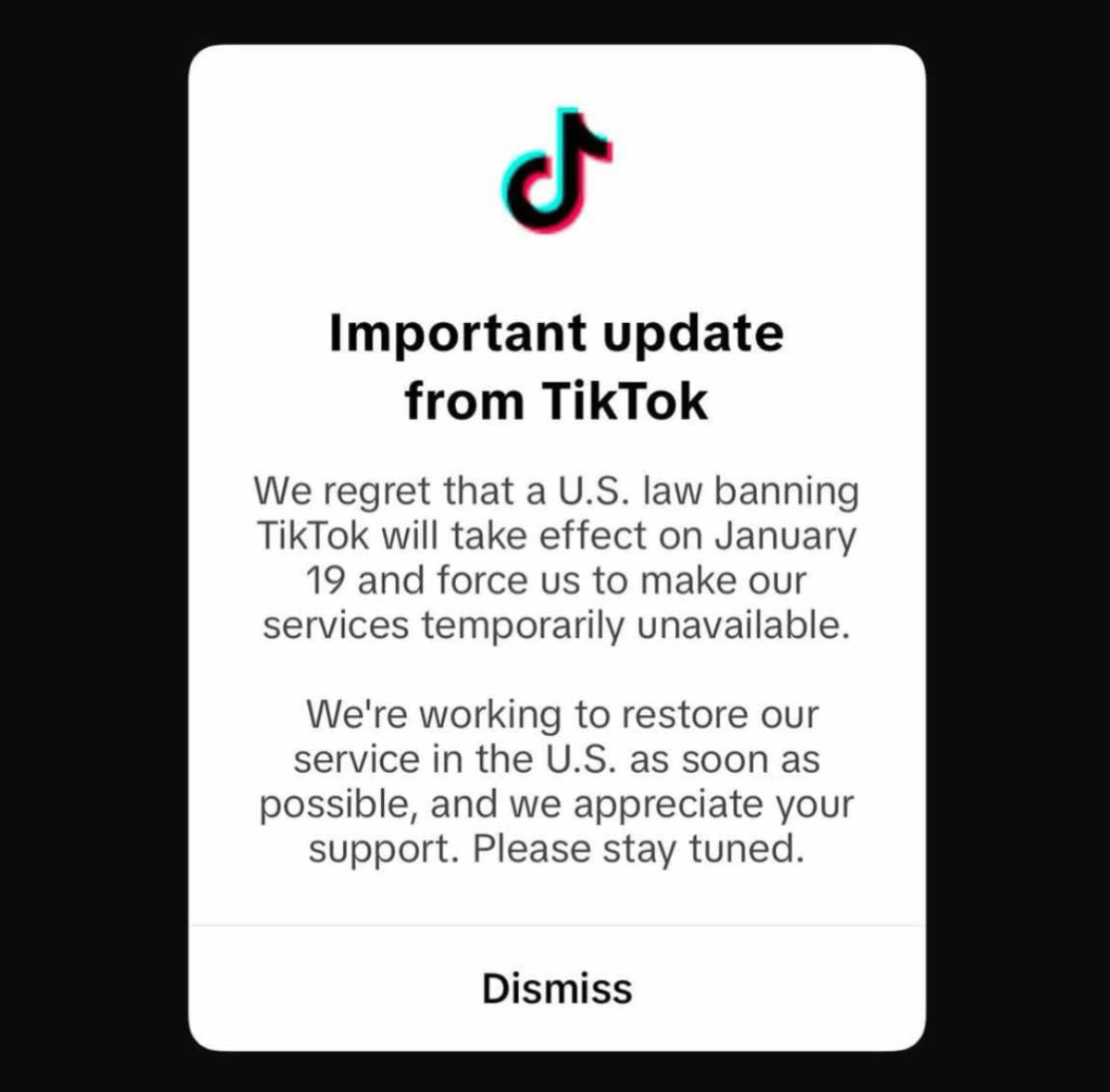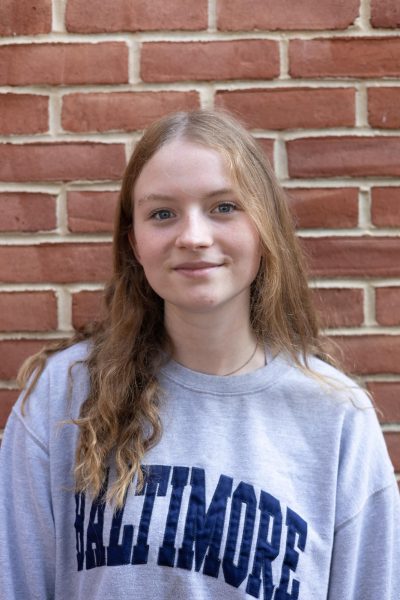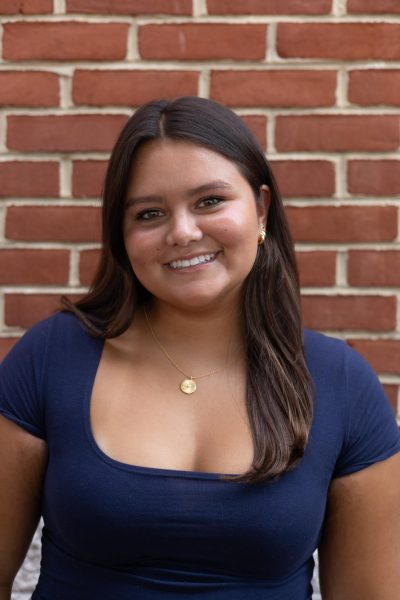Dual enrollment, a program that allows students to take college classes while enrolled in high school, has risen in popularity by over 10% in the past decade. In the 2022-2023 academic year, over 2.5 million students were enrolled in at least one dual enrollment course. Students often take courses categorized as dual enrollment through local community colleges, providing more academic rigor than typical high school courses.
For secondary students with limited resources who want to pursue higher education, dual enrollment may seem costly at first glance. However, the large price tag is often avoidable.
The average national cost for a private college course is $4,406, significantly more expensive than community college classes, which average $450 nationally. In the 2016-2017 school year, Maryland students saved up to 91% in tuition when they chose to take community college classes rather than spend the money on a private college.
Aurely Garcia Tulloch, a senior research assistant at the Community College Research Center, has spent her career researching dual enrollment and educational options for low-income students. Dual enrollment can be a key socio-economic uplifter, she said.
“There is a huge cost-saving aspect for students and families,” Garcia Tulloch said. “In certain states, it tends to be free. In other states, students are paying a very low cost to be able to get credits and hopefully transfer them to whatever institution they want to go to after high school.”
As of the 2024 fall semester, school-year dual enrollment classes at Montgomery College are subsidized for MCPS students.
Many other counties nationwide have a similar program, with 33 states currently offering free or reduced-price dual enrollment programs for high schoolers. Higher education costs are the biggest deterrent to attending college, and dual enrollment can significantly reduce this cost through cheaper courses.
Dr. James Benson explored the topic of dual enrollment as a researcher in the U.S. Department of Education, finding that it can be a significant tool for future success.
Around 80% of disadvantaged students who attended community college in high school would not have otherwise pursued higher education. Taking college courses in secondary school increases the chance of receiving either an associate’s or bachelor’s degree, which can increase future wages. Community college may be more beneficial for rural public high schools, which are 17% more likely to provide dual enrollment opportunities to their students and less likely to have advanced classes such as AP or IB. Having highly rigorous courses such as AP, IB, or dual enrollment is beneficial for students preparing for higher education; when secondary schools don’t have the resources for AP or IB classes, pathways like dual enrollment may be the best option for students.
Georgetown University professor Dr. Emily Mendenhall has participated in the Georgetown admissions process. She expressed that dual enrollment can help students with financial concerns or limited access to advanced high school courses succeed.
“Community college is a source of mobility, and many people, especially first-generation college students, need it to save money,” Mendenhall said. “Not everyone needs to go to a four-year school, especially if someone is interested in a particular trade.”
In the eyes of elite four-year institutions like Georgetown, however, dual enrollment may not demonstrate higher achievement from applicants who could’ve taken rigorous courses at their high school, Mendenhall said.
“Going to an elite high school and doing community college,” Mendenhall said. “I don’t think admissions takes those classes seriously, or really think they mean anything more than an AP class.”
If a student hopes to attend an elite four-year institution, dual enrollment credits might not transfer to excuse the student from future courses. Ivy League schools, for example, are very unlikely to accept dual enrollment credits. Another possible concern for dual enrollment students is that they may miss out on some aspects of the high school experience. Being around peers your age can assist emotional development and is vital to a student’s adolescence.
“Dual enrollment takes up a lot of time,” Garcia Tulloch said. “It’s college course taking, and so it may interfere with students’ extracurricular activities or just the amount of time they spend in their high school if they’re taking all their classes on their local community college or college’s campus.”






